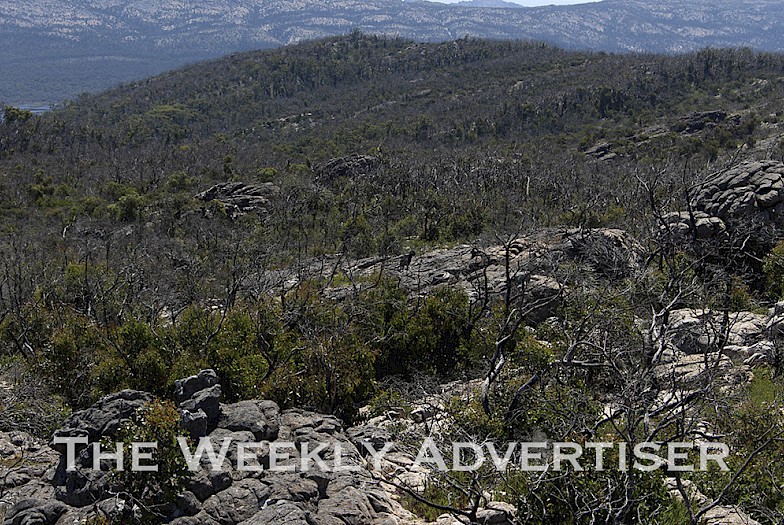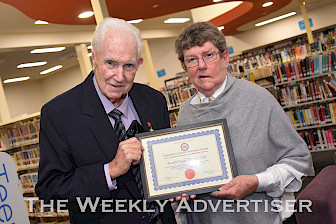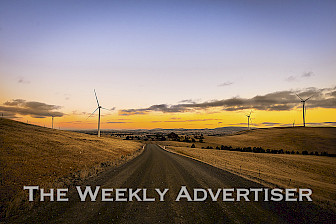They have also damaged sections of the park with Aboriginal cultural values, including rock-art shelters.
The program this month will also target invasive sallow wattle through mechanical mulching as well as manual and chemical control.
The weed control will continue until the end of the year and will not affect park access.
In late November, Parks Victoria rangers will work alongside professional contractors to control populations of deer, which destroy vegetation, impact ecosystems and compete with native animals for food.
Parks Victoria area chief ranger Rhonda McNeil said accredited professional contractors would carry out planned operations under strict conditions to ensure safe, effective and humane practices.
“Grampians National Park is a very special environment, a fragile landscape that faces ongoing threats from invasive and destructive animals and weeds,” she said.
“Part of a larger conservation response, these spring and summer projects will help us to reduce the impact of feral goats, deer and sallow wattle.
“Though we don’t expect any park users or neighbours to be affected, safety plans will be implemented, and some areas might be restricted for short periods of time.”
Grampians National Park is home to one third of Victoria’s native plants – about 800 indigenous species – and supports a wide range of wildlife with more than 40 species of mammals and an abundance of bird species.
Ms McNeil said Parks Victoria regularly undertook conservation programs designed to contribute to habitat restoration.
The State Government’s Biodiversity Response Planning program, which aims to ensure Victoria’s natural environment is healthy, valued and actively cared for, is funding the projects.
The program has invested $1.8-million in Grampians National Park, and more than $4.3-million in 11 major projects in the Glenelg and Grampians regions.
The entire October 23, 2019 edition of The Weekly Advertiser is available online. READ IT HERE!






